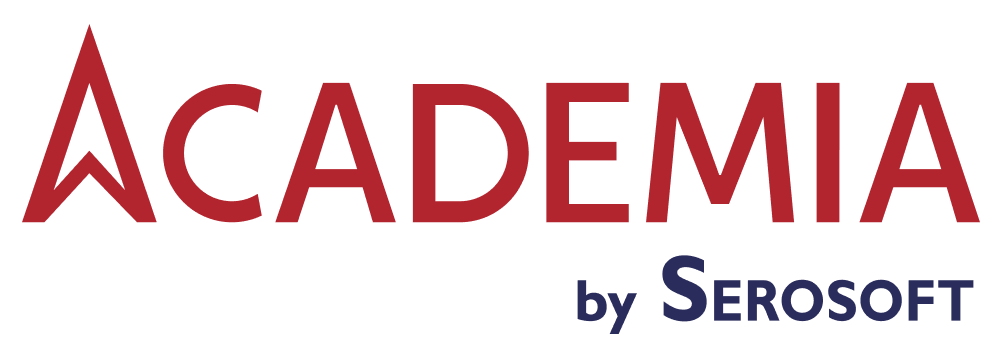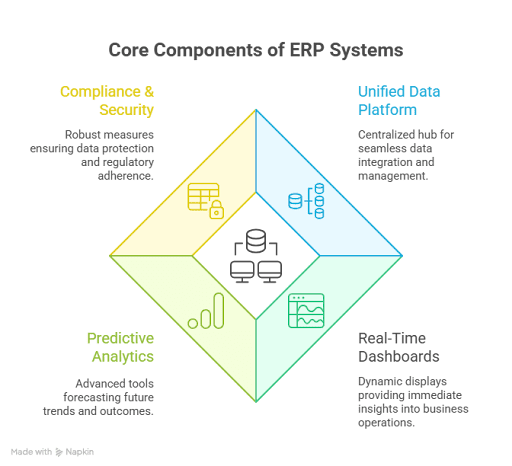The landscape of higher education is experiencing unprecedented digital acceleration. According to World Metrics, higher education’s digital virtual learning market is poised for significant growth, with projections set to reach $12.86 billion by 2025.
The education big data analytics market is projected to grow to $47.82 billion by 2027. These staggering figures underscore a fundamental shift: institutions that fail to modernize their student information systems risk being left behind in an increasingly competitive educational landscape.
Yet despite this digital momentum, many higher education leaders find themselves grappling with outdated systems that create more barriers than bridges to success.
The question isn’t whether to embrace digital transformation—it’s how to do it strategically and effectively.
The Perfect Storm: Understanding Today’s Higher Education Challenges
Enrollment Management Crisis
Colleges and institutions face a multifaceted enrollment management crisis.
Key challenges include:
- Declining enrollments
- Rising operational costs
- Funding uncertainty
- Leadership and staff resignations or migration
- Increasing security and privacy threats
The crisis creates a domino effect across institutional operations.
University administrators struggle to balance declining enrollments with higher expectations for personalized student experiences.
Traditional paper-based processes and legacy systems cannot keep up with modern students’ demand for seamless, mobile-friendly interactions at every touchpoint.
Administrative Bottlenecks and Resource Strain
Administrative workload in higher education has reached critical levels.
Manual processes consume time that could be spent on student engagement and strategic initiatives.
Key tasks adding to the burden include:
- Course registration
- Grade management
- Financial aid processing
- Compliance reporting
Typical enrollment process challenges:
- Students navigate multiple departments and fill out redundant paperwork
- Manual approvals cause delays
- Miscommunication between systems creates frustration
Fragmented administrative processes increase staff workload and impact student experience.
Data Silos and Decision-Making Blind Spots
Many institutions operate with disconnected systems, creating data silos.
Academic, financial, and student services data often live in separate systems.
Fragmented data makes it difficult to gain comprehensive insights into:
- Student success patterns
- Institutional performance
- Operational efficiency
Lack of unified data leads to decisions based on incomplete information, a critical risk in today’s competitive higher education landscape.
The Strategic Solution: Modern Student Information Systems as Digital Transformation Catalysts
Centralized Data Management for Informed Decision-Making
Modern Student Information Systems (SIS) serve as the central nervous system of educational institutions. By automating administrative tasks such as registration, grading, and course scheduling, student ERP/SIS significantly reduces paperwork and streamlines processes. This centralization creates a single source of truth that enables data-driven decision-making across all institutional levels.
Advanced SIS platforms provide real-time dashboards that give administrators instant visibility into key performance indicators: enrollment trends, retention rates, financial aid distribution, and academic performance metrics. This comprehensive view enables proactive interventions rather than reactive responses to emerging challenges.
Streamlined Student Experience Through Automation
Today’s students expect digital-first experiences that match the convenience they enjoy in other aspects of their lives. Modern SIS platforms/student management systems deliver this through intuitive student portals that enable self-service capabilities for course registration, grade viewing, financial aid tracking, and transcript requests.
Automated workflows eliminate the need for students to visit multiple offices for routine transactions. Degree audit tools help students track their academic progress in real-time, while integrated communication systems ensure they receive timely notifications about important deadlines and opportunities.
Faculty Empowerment Through Technology
Modern SIS platforms don’t just serve administrators and students—they also empower faculty with tools that enhance teaching effectiveness. Integrated gradebooks, attendance tracking, and analytics dashboards enable professors to spot at-risk students early and provide timely interventions.
Access to comprehensive student information, including academic history and support services usage, allows faculty to offer more personalized guidance and support.
This holistic view of student data supports better educational outcomes and stronger faculty-student relationships.
Key Features That Drive Institutional Success
Predictive Analytics for Proactive Interventions
Leading SIS platforms now incorporate predictive analytics capabilities that identify students at risk of dropping out before traditional warning signs appear. By analyzing patterns in course engagement, attendance, assignment completion, and even campus resource utilization, these systems can flag students who may benefit from additional support services.
This proactive approach to student success has proven remarkably effective in improving retention rates and overall institutional outcomes.
Mobile-First Design for Modern Expectations
With students increasingly accessing information through mobile devices, modern SIS platforms prioritize mobile responsiveness and native app experiences. This ensures that critical student services remain accessible 24/7, regardless of location or device preference.
Seamless Integration Capabilities
The most effective academic ERP integrates seamlessly with other campus systems: learning management systems (LMS), financial aid platforms, library services, and campus card systems. This integration eliminates data duplication and ensures consistent information across all institutional touchpoints.
Robust Security and Compliance Features
Given the sensitive nature of student data, modern SIS platforms incorporate advanced security measures including encryption, role-based access controls, and comprehensive audit trails. These features ensure compliance with FERPA, state privacy laws, and other regulatory requirements while protecting institutional reputation.
The Path Forward: Embracing Digital Campus Innovation
The transformation of higher education through modern student information systems isn’t just about technology—it’s about reimagining how institutions serve their students, support their faculty, and operate efficiently in an increasingly complex environment.
Not all Student Information Systems (SIS) are created equal, and their importance has never been greater. Higher education institutions today face mounting challenges, including financial pressures, competition from online learning, enrollment fluctuations, and growing scrutiny over whether the cost of a degree is justified.
Institutions that invest in comprehensive, modern SIS platforms position themselves to thrive in this new landscape. They can provide superior student experiences, operate more efficiently, make data-driven decisions, and ultimately achieve better educational outcomes.
The question for higher education leaders isn’t whether to modernize their student information systems—it’s how quickly they can implement solutions that will drive institutional success in 2025 and beyond.
Ready to Transform Your Institution’s Digital Infrastructure?
Institutions that fully embrace digital transformation will define the future of higher education. Academia SIS provides the robust, scalable platform your institution needs to streamline operations, enhance student experiences, and drive institutional success.
Discover how Academia’s comprehensive student information system can revolutionize your campus operations. Schedule a personalized demonstration today and see how leading institutions are transforming their digital infrastructure for sustained success.
Explore Academia SIS Solutions- https://www.academiaerp.com/contact/









